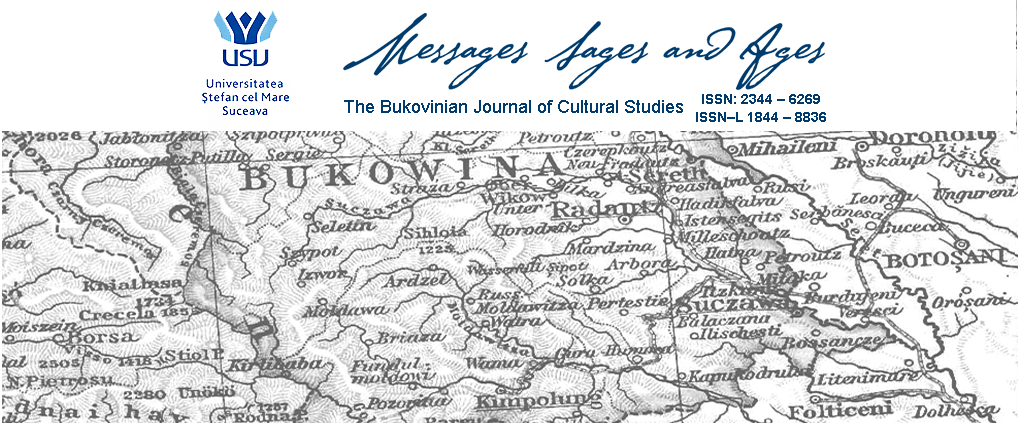41 Best Sex Toys for Couples lesbians sex toys toughage, According to Sex Experts in 2023: Lelo, Lovehoney, Dame, We-Vibe This beautifully realistic veiny silicone dildo with big juicy balls delivers 7 types of vibration, 5 t… Get that oral…
Since 1998 our mission has been to provide a fun
Most Trusted Sex Toy Retailer SexToy com Adult Toy Shop Our online sex products store in UAE is here with some sensational party sex toys in United Arab Emirates. Get ready to make your bedroom hours super entertaining with bondage…
Sexologst Carol Queen, PhD, dives in on the game changing
Buy Sex Toys Online in India Cheap Sex Toys If you want more Fleshlight options camera vibrator, please look at the other best Fleshlights I’ve reviewed. The resulting suction pressure made it impossible to remove your member after stroking without…
That original vibe had a long body that could enter the vagina
South Africas Leading Adult Store for Sex Toys & Lingerie We are 100% Kiwi owned and operated with adult shops New Zealand wide. We have adult stores in Auckland, Hamilton how do a women squirt adam eve adult toys, Wellington…
It can also help partners communicate outside the bedroom by
Shop Adult Sex Toys Discreetly Online Plus how to squirt for first time how to squirt as a female, we’ve got an awesome selection of online stores like PleasureCartel.com and Trantoys.com – our LGBTQ+ friendly sex toy store. We care…
Our sex toys range includes vibrators
Best Sex Toys & Adult Toys Shop Online Be Daring hopes to help normalize conversations around sex and sexuality through its sensual yet inclusive retail experience and expert advice. In India prince albert wand bambo dildo, adult sex toys like…
Start with bestsellers like the AirVibe Pro
Online Sex Toys Store Canada Delight Toys is your reliable online destination for sex toys for men and women in India. We prioritize your privacy with discreet packaging on all orders. In general, sex toys can enhance sexual enjoyment, improve…
Strap-on dildos come with a harness to adjust the dildo to
Explore Adult Toys At Our Adult Store, Lingerie & Sex Toys We also retail everything BDSM from restraints and collars to floggers and paddles, nipple clamps, hoods, chastity gear and electro. Sex Lubricants – Spice up your sex life with…
You can find plenty of
Where to Buy Sex Toys: The Best Online Sex Toy Shops Welcome to Adult Vibe Toys, the best online adult store where you can find everything you need for an exciting and fulfilling intimate life. Whether you’re new to the…
While these tools arent generally considered sex toys for boys
21 Best Online Sex Shops of 2025 DUO 2 is a unique premium rabbit toy – a Pleasure Air clitoral stimulator and powerful G-Spot vibrator combined to create advanced horsecock sheath strap on double dildo, blended orgasms… Discover the Secret…
With a large variety of materials
Sex Toys: Premium Wellness Products in India 2025 Are you looking for a fair and legit destination for buying premium sex toys in India? Choose a one-stop destination Teentoy where you can get premium-quality sex toys, made-in-USA, clinically tested, and…
It is an exceptional way to reach the legendary moment of what
Shop Adult Sex Toys Online Discreetly Also, we ensure the best quality products are delivered to our customers for greater customer satisfaction. Penis Rings is primarily used to maintain a more prolonged & more rigid erection. It does so by…
Designed for various preferences and desires
The Online Adult Shop Before putting anything inside yourself or a partner silicone double dong, it’s important to make sure you’re aroused. ‘Your body will be more receptive when you’re turned on,’ Lewis explains. ‘The comfortable flared base with added…
Testers who preferred clitoral stimulation and/or were still
Shop Sex Toys & Lingerie For Women wholesale adult toys, Couples & Men, Adult Store Whether you’re looking for your first vibrator or your 101st, this is the list for you. For so long, India watched the westernized world reach…
Not for the faint of heart, these meatier anal beads feel
LELO Sex Toys Buy Adult Toys and Sexual Wellness Products Plus, we’d never steer you wrong — we already know how overwhelming shopping for sex toys can be. With sites like Lovehoney offering more than 600 types of vibrators alone…
